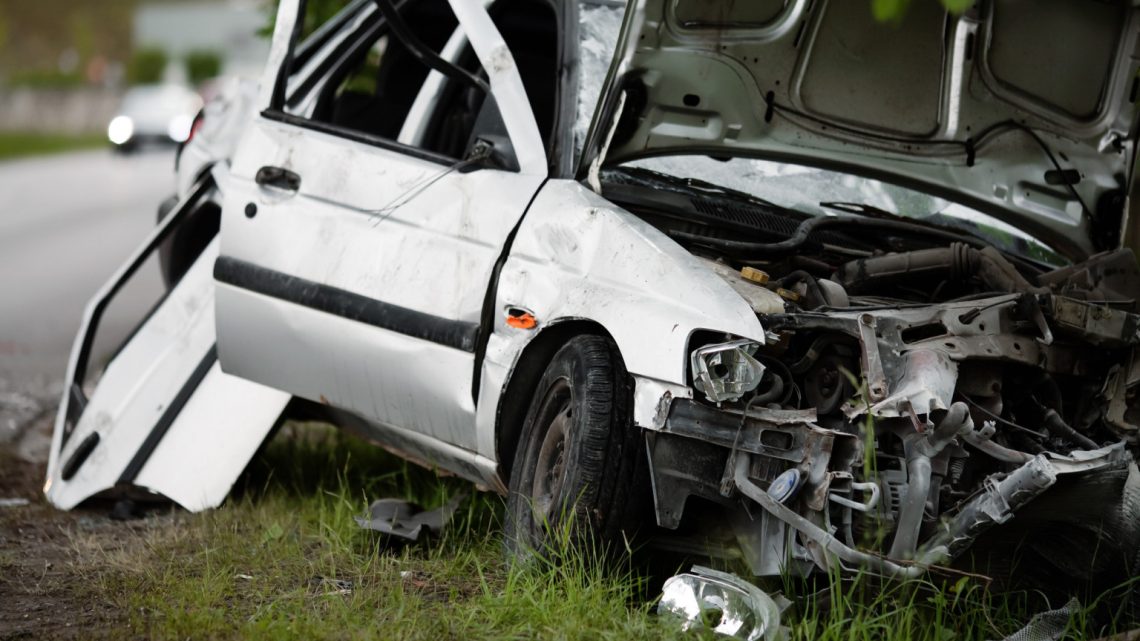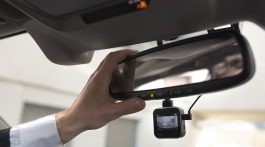Attributing fault in the event of a car accident is a complicated enough process when you picture the typical multi-vehicle collision. However, single vehicle accidents have their own unique complexities. Just because there’s only one driver involved in the accident, doesn’t mean that the driver should always assume all the fault and responsibility for the damages. Distributing fault in a Nebraska single vehicle accident depends on Nebraska’s insurance policy, as well as the potential effect of road hazards and weather conditions on the situation.
Nebraska’s Fault-Based Insurance
Out of the 50 states in the US, 38 of them operate under a fault-based insurance system. The driver who is proven to have caused the accident assumes responsibility for any injuries or property damages inflicted. For example, a Nebraska driver that has been proven to be responsible for a single vehicle accident must assume liability. Single vehicle accidents aren’t always as straightforward as it sounds considering the potential impact of circumstances beyond a driver’s control.
Weather Conditions
Bad weather can have a detrimental impact on traffic safety and make the roads incredibly dangerous for oncoming drivers. Over the ten year period between 2007 and 2016, the Federal Highway Administration states that 21% of all vehicle crashes on average were the result of weather related factors. This affected an estimated 418,000 people on average over an annual period.
Because of this, it’s important to adjust your driving plans based on weather reports and precautionary safety measures that work around bad forecasts. Unexpected changes in weather should be approached with caution. Reducing your speed when necessary and avoiding common distractions will help alleviate the impact poor weather and road conditions may have.
Poor Road Conditions
Before moving forward and attributing full fault to the driver, poor road conditions may become a factor in determining the full extent of what occurred during a single vehicle accident. While weather conditions alone cannot assume responsibility, roads should be equipped to handle expected weather conditions and that’s not always the case.
Wet or slick surfaces are often the result of poorly designed or worn down roads that fail to drain water as intended. Wear and tear or exposure to precipitation results in road erosion that can create potholes. Driving over a pothole at the wrong time could immediately affect a driver’s tires or ability to control the vehicle all together.
It’s important to understand that maintaining public roadways that are safe for drivers to operate their vehicles on is the city or state government’s responsibility. Proving that increased risks of hydroplaning or road decay put a driver at risk could directly impact the liability of that driver in the event of an accident. Even when that accident only involves a singular driver.




No Comment